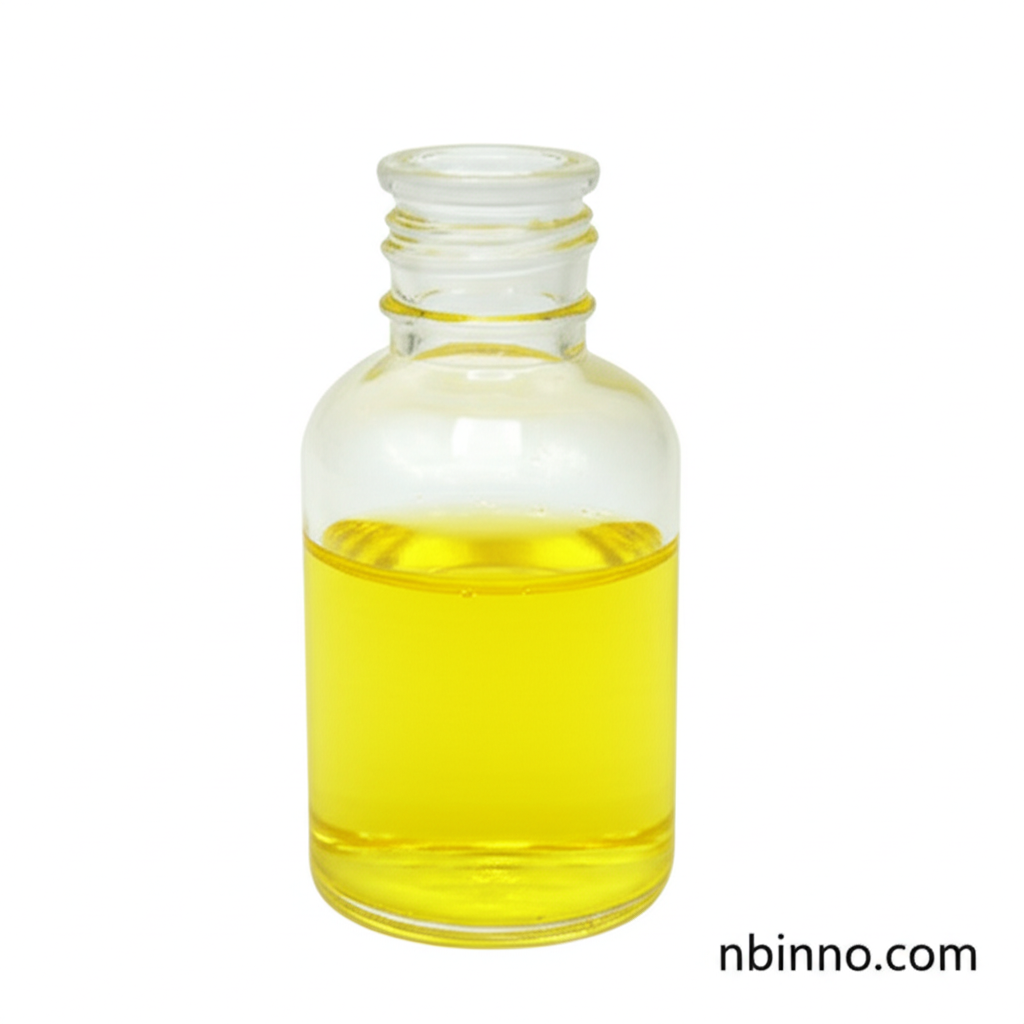2-Bromo-5-chloro-1,3-difluorobenzene: A Key Intermediate for Advanced Synthesis
Unlock the potential of this vital organic intermediate in your research and industrial applications.
Get a Quote & SampleProduct Core Value

2-Bromo-5-chloro-1,3-difluorobenzene
This highly versatile organic compound, identified by CAS No. 883546-16-5, serves as a critical building block in the synthesis of a wide array of complex molecules. Its strategic halogenation pattern makes it invaluable for applications ranging from pharmaceuticals and agrochemicals to advanced electronic materials, particularly in the development of OLEDs.
- As a crucial organic synthesis intermediate, understanding the specific 2-bromo-5-chloro-1,3-difluorobenzene synthesis pathways is key for efficient production.
- The CAS 883546-16-5 applications span various sectors, highlighting its importance as a versatile fine chemical.
- This compound is a vital pharmaceutical raw intermediate, facilitating the creation of new therapeutic agents.
- Its utility as an OLED materials precursor underscores its role in cutting-edge electronic technologies.
Key Advantages
Versatile Synthetic Utility
Leverage the compound's reactivity in Suzuki coupling and Heck reaction intermediate processes to construct intricate molecular architectures for diverse applications.
Enabling Advanced Materials
As an OLED materials precursor, its unique structure contributes to the development of next-generation optoelectronic devices.
Extensive Application Scope
From pharmaceuticals to agrochemicals and dyes, this compound's broad spectrum of uses solidifies its position as a key fine chemical intermediate.
Key Applications
Pharmaceutical Synthesis
Serves as a critical pharmaceutical raw intermediate for developing new drugs and therapeutic agents, often through targeted organic synthesis reactions.
Agrochemicals
A vital component in the creation of pesticides and other agricultural chemicals, contributing to enhanced crop protection.
Dyes and Pigments
Used in the synthesis of various dyes, adding to the palette of colors for industrial applications.
Electronic Materials
Its unique properties make it a valuable OLED materials precursor, essential for advancements in display and lighting technologies.
